This post may contain affiliate links. Please read my disclosure.
If you've ever battled with getting a creamy custard that doesn't clump, struggled with tempering eggs, or had a custard curdle, this sous vide custard is for you!
Making custard sous vide is a foolproof way to ensure your custard always come out perfectly rich and creamy with very minimal hands on time.
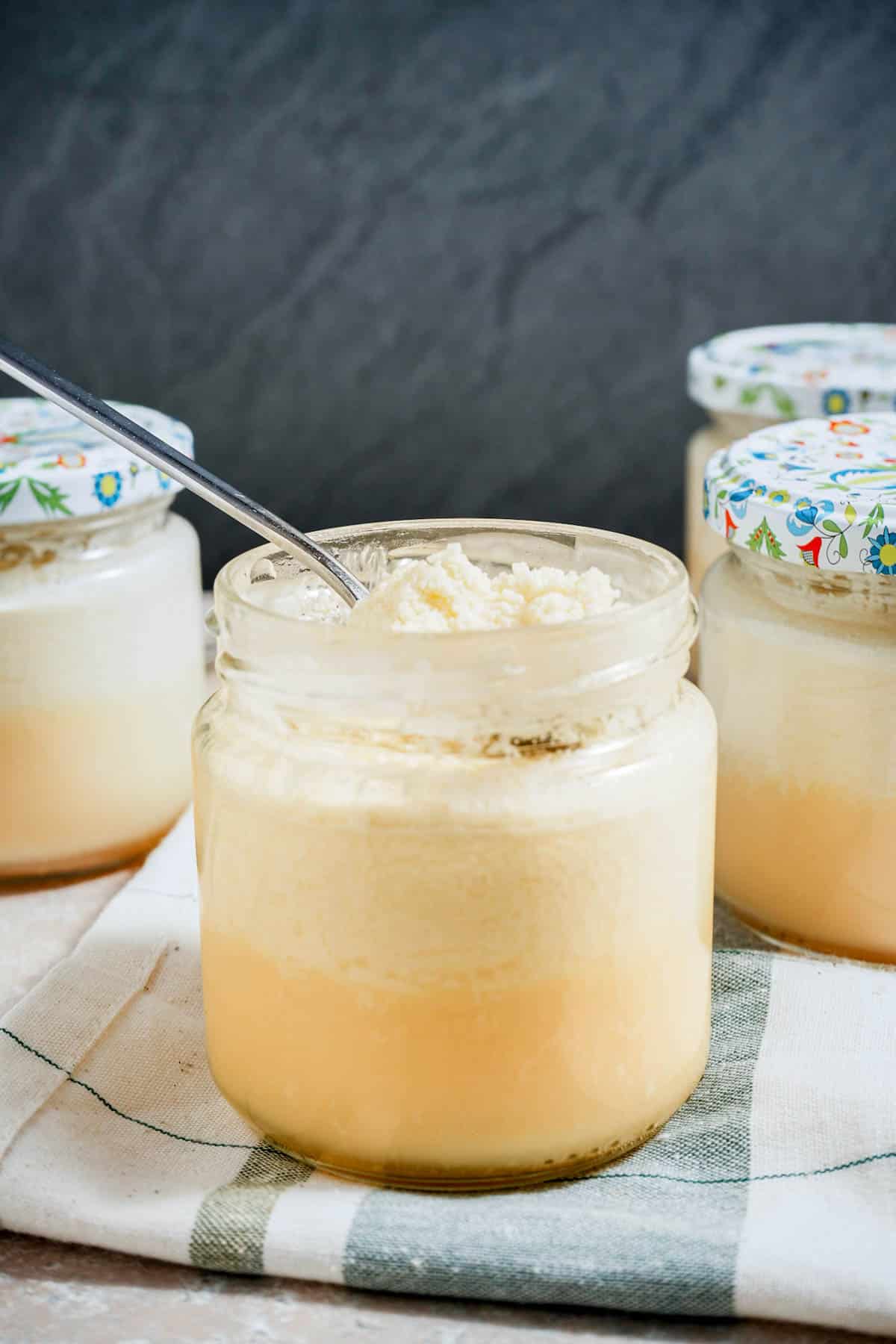
You may wonder why we would go through the trouble of making custards sous vide, but I promise you once you start you'll never want to use another method again.
I've been using sous vide to make sous vide lemon curd for years now and will never go back to the original version. This way is far to easy to ever make the change back.
This sous vide custard is ultra ultra rich and creamy and I'm positive that you will absolutely fall in love once you try it. It's one of our favorite desserts to make (I like it infused with lavender!).
Jump to:
Why This Recipe Works
- The results always come out deliciously rich and creamy with very little hands-on time.
- You can experiment with different flavors and make all sorts of variations!
- It's very easy to make, and most of the time involved is hands off.
- You can make individual jars of dessert which is great for entertaining OR just portion control!
- The amounts can be adjusted to make more or less depending on your needs.
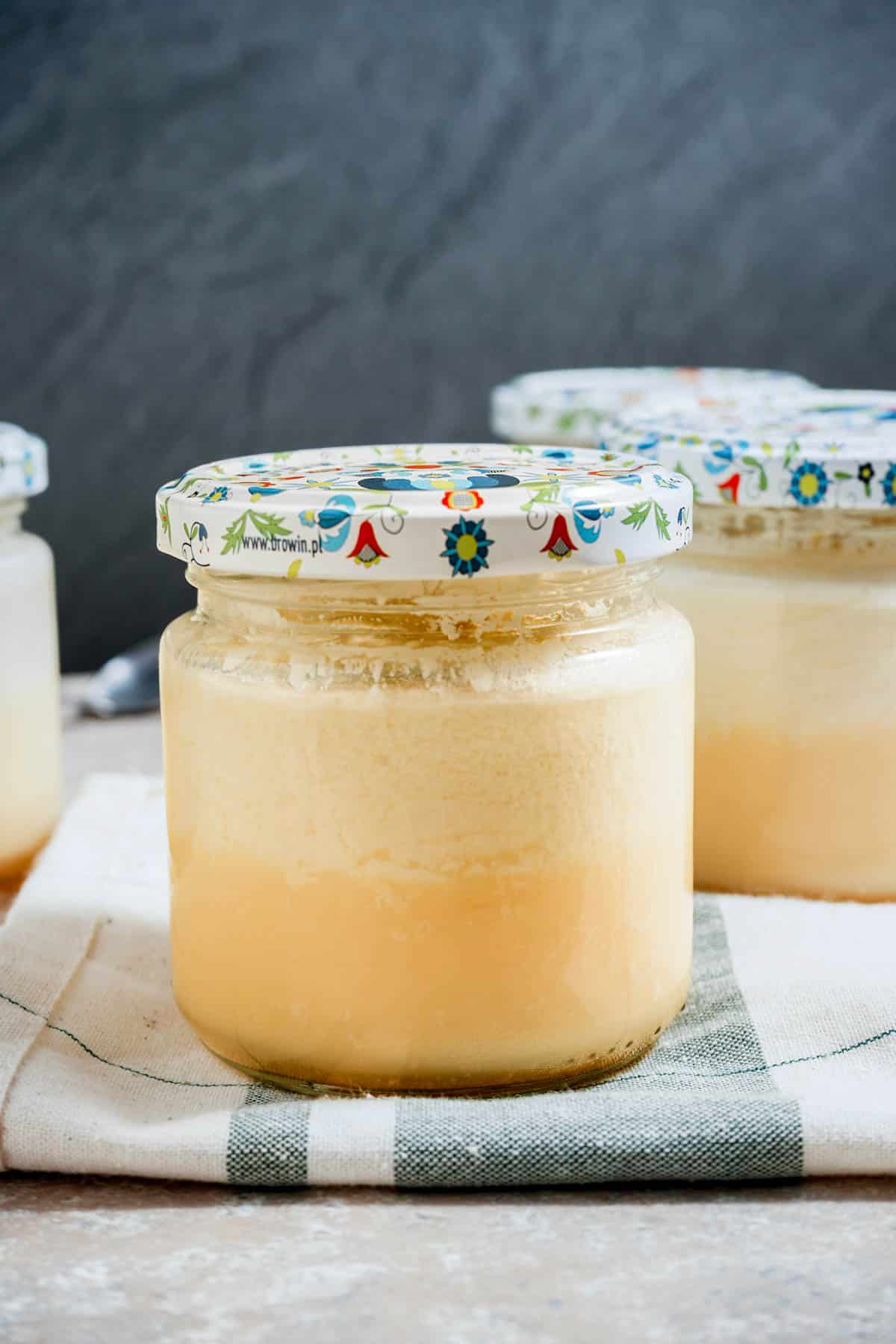
Want to Save This Recipe?
Enter your email & I'll send it to your inbox. Plus, get great new recipes from me every week!
By submitting this form, you consent to receive emails from Went Here 8 This.
What is Sous Vide?
Sous vide is basically a method of cooking using what is called an immersion circulator (i.e. the sous vide machine). This immersion circulator circulates water in a temperature controlled water bath at a certain temperature to perfectly cook your food every time.
Because the temperature doesn't change, and it keeps your meat (or dessert, veggies, etc.) at the same temperature, your risk of overcooking becomes very minimal.
To learn even more about sous vide cooking, head over and read "what is sous vide cooking and the benefits of sous vide cooking."
How to Prevent Jars From Cracking in the Sous Vide
Jars can crack if they experience thermal shock or too much pressure.
To prevent thermal shock, we place the jars in the water bath before heating the water. This allows the jars to come slowly to temperature, which should keep them from cracking.
Jars can also crack if there is too much pressure. If they are tightened too tightly, they will crack.
To prevent cracking under pressure, we tighten the jars "fingertip tight." What this means is that we tighten the lids until we barely feel it grab the jar. It should be easy to twist the lid back off with your fingertips, hence the term.
It may feel like it's not closed all the way, but as long as you felt that slight grab, it'll be fine.
Tools Used
You will also want to check out these posts on the best sous vide containers and the best sous vide bags for more information!
If you don't have a lot of experience cooking sous vide yet, you may want to pop over and read what sous vide cooking is and the benefits of sous vide cooking.
Ingredients
The full list of ingredients and amounts is included in the recipe card at the bottom of the post.
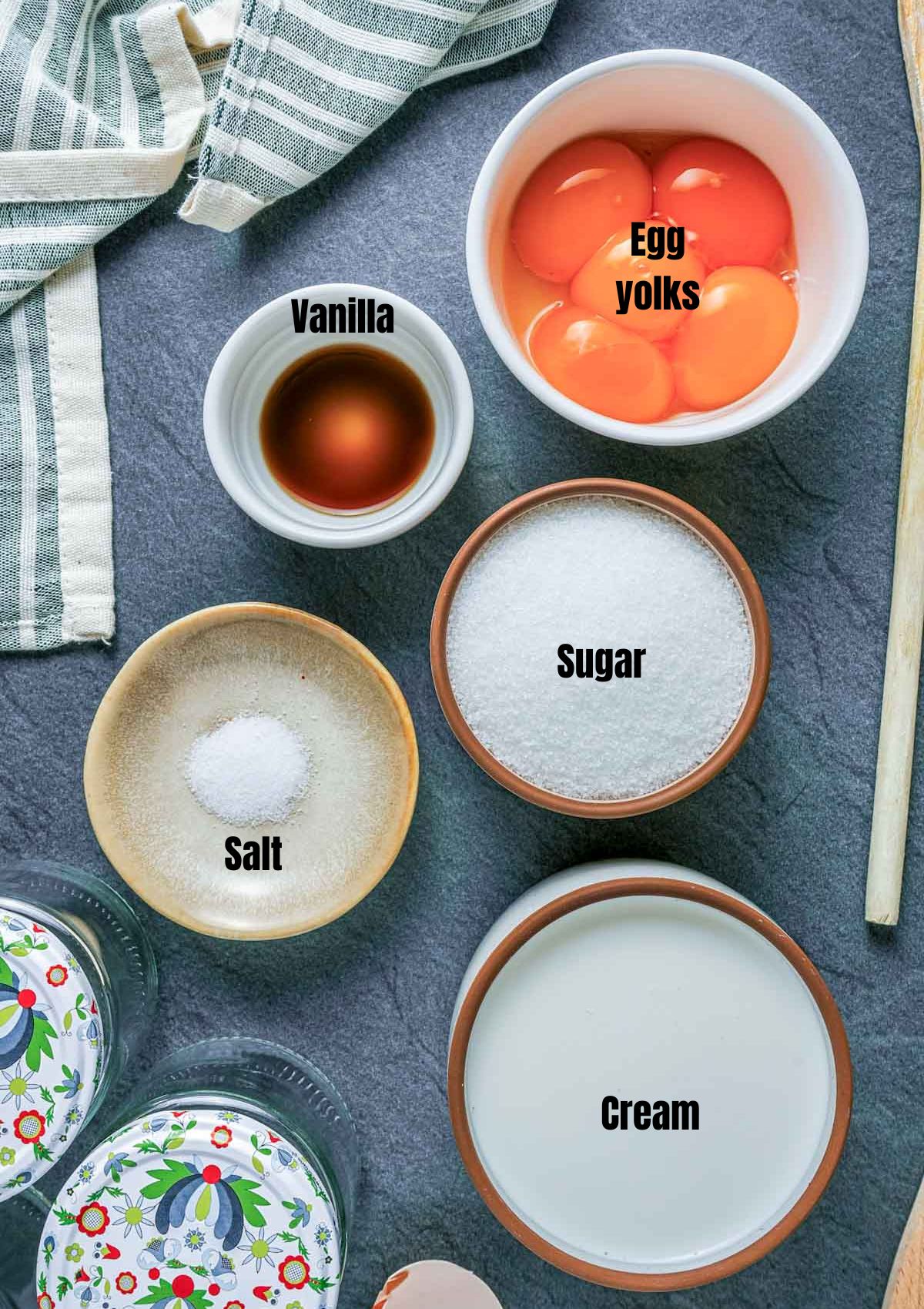
For any simpler recipe like this one, I always recommend using high quality ingredients as the flavors really shine through.
I love using organic farm fresh eggs for this - duck eggs work well also!
A good quality vanilla extract (not vanilla flavoring, you want pure vanilla for best flavor) is key.
Make sure to get heavy whipping cream (not half and half) for the creamiest results.
Step By Step Instructions
Heat a sous vide water bath to 177°F (80.5°C).
Use a whisk to mix the egg yolks, sugar and salt together.
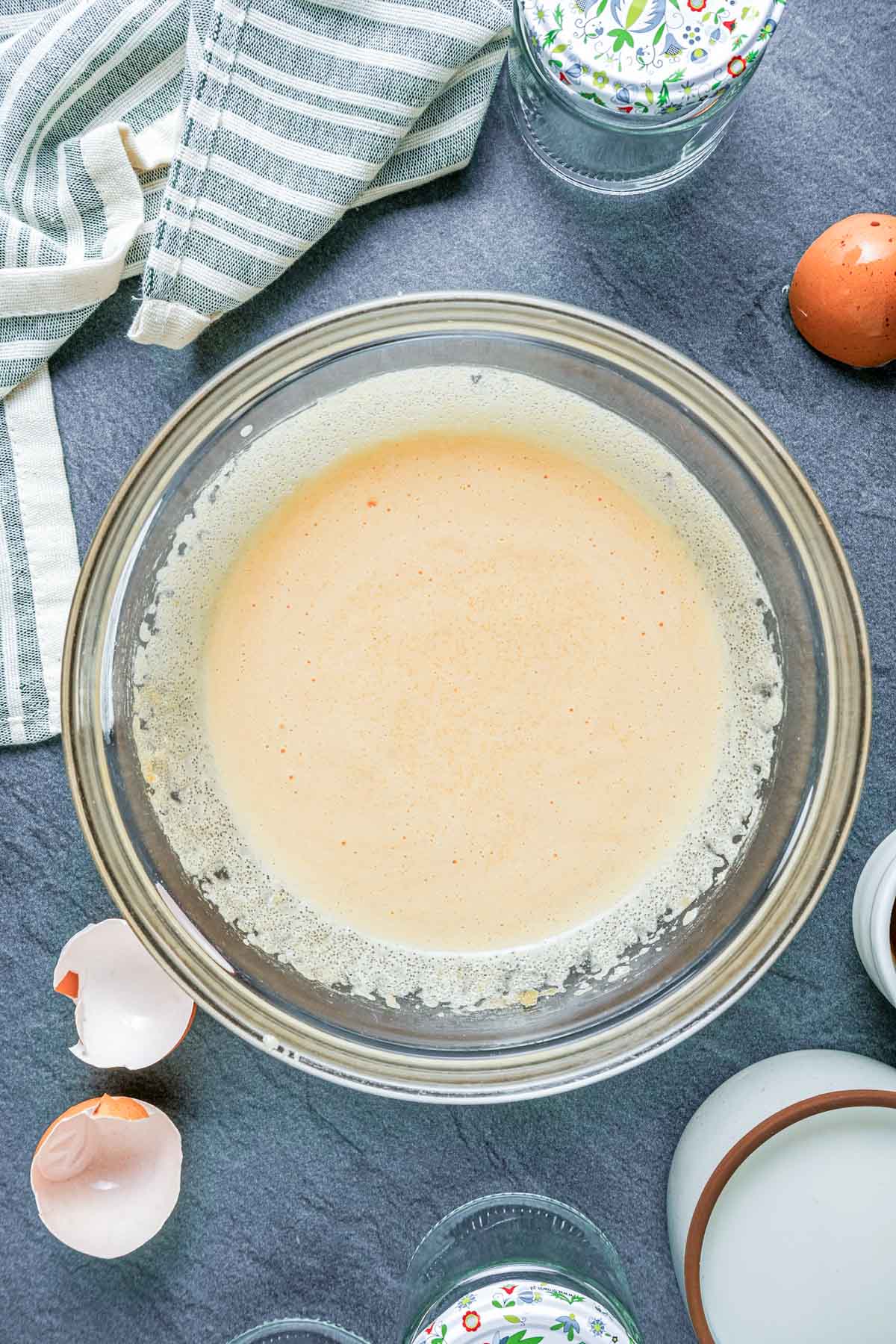
Stir in the cream until a uniform substance is formed. Add the vanilla and mix to combine.
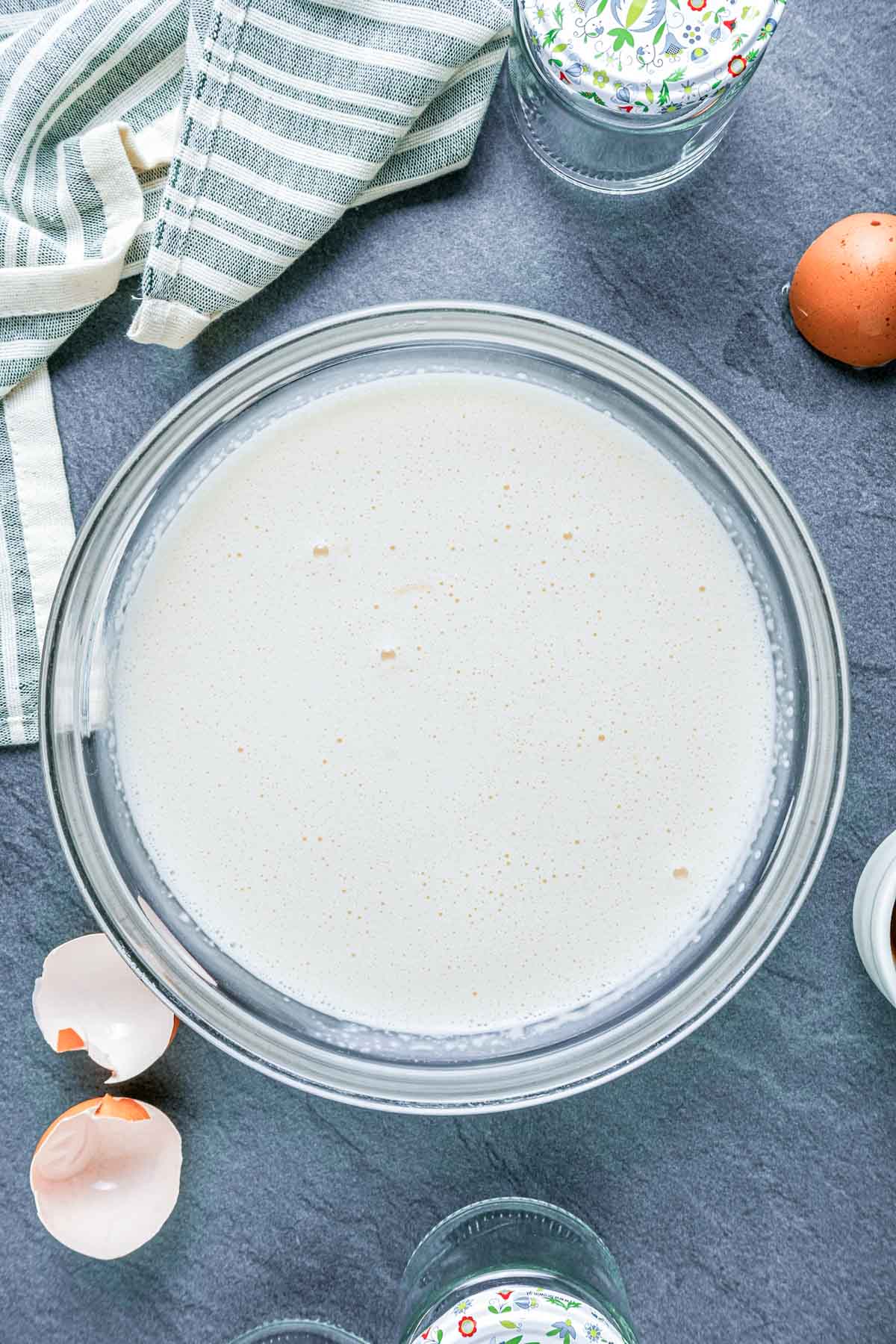
Pour the mixture into 8 4-ounce canning jars and seal the lids "finger tight." **finger tight means the lids are just barely tightened on the jar - stop tightening once you feel the lid grab.
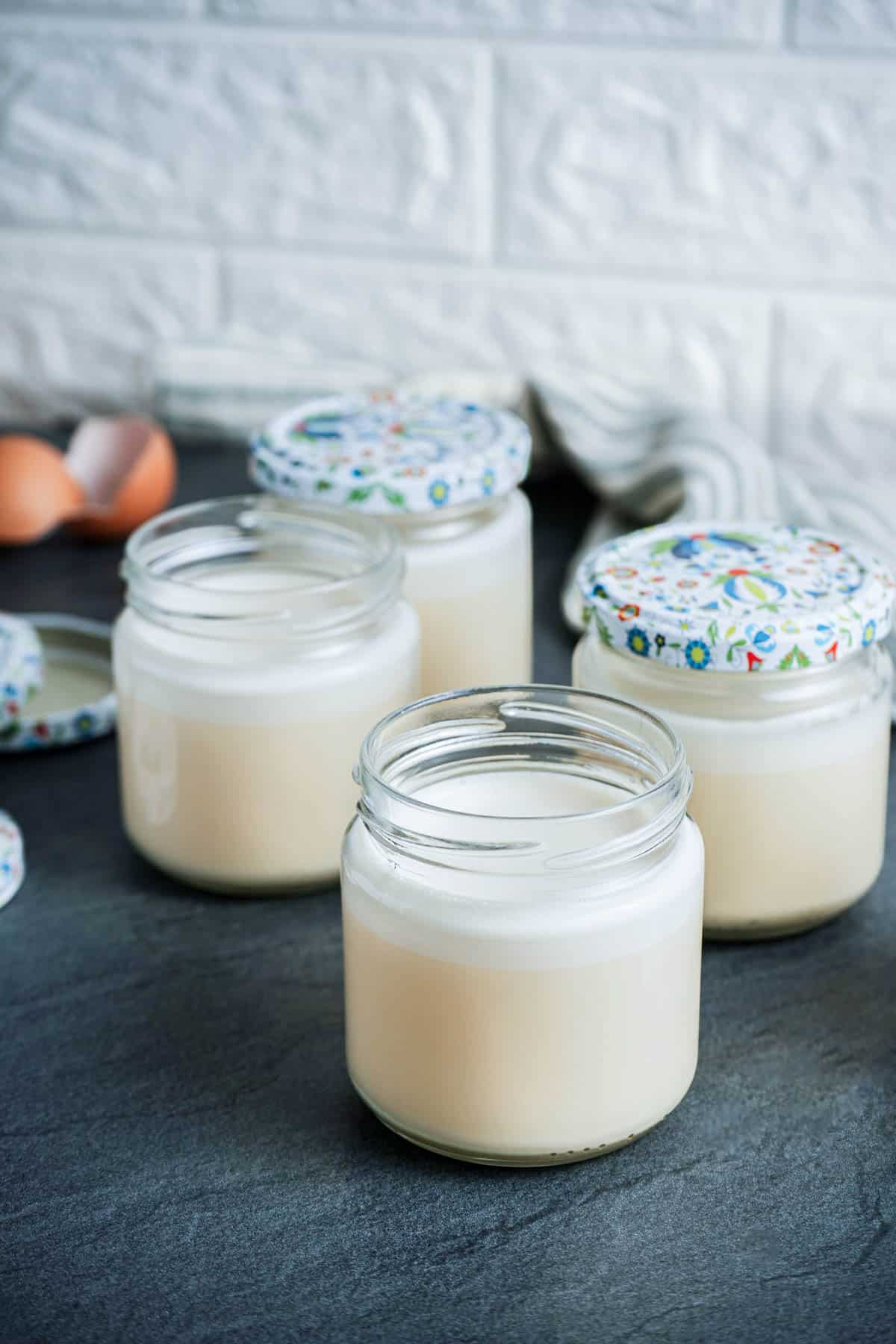
Place in the water bath (carefully) and cook for 1 ½ hours.
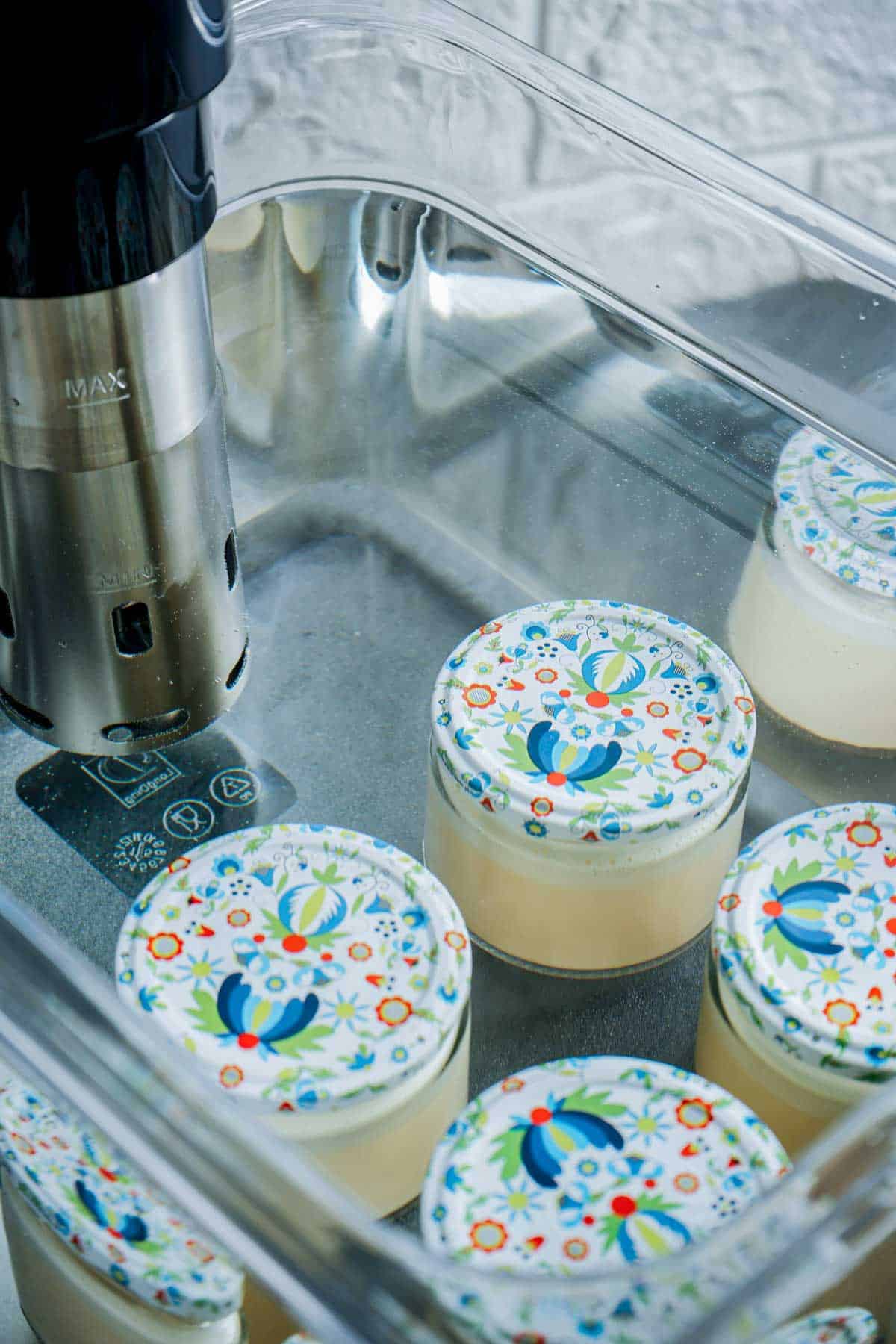
Remove and let them cool in the counter for 15-20 minutes.
Chill for at least 3 hours and serve straight from the jars.
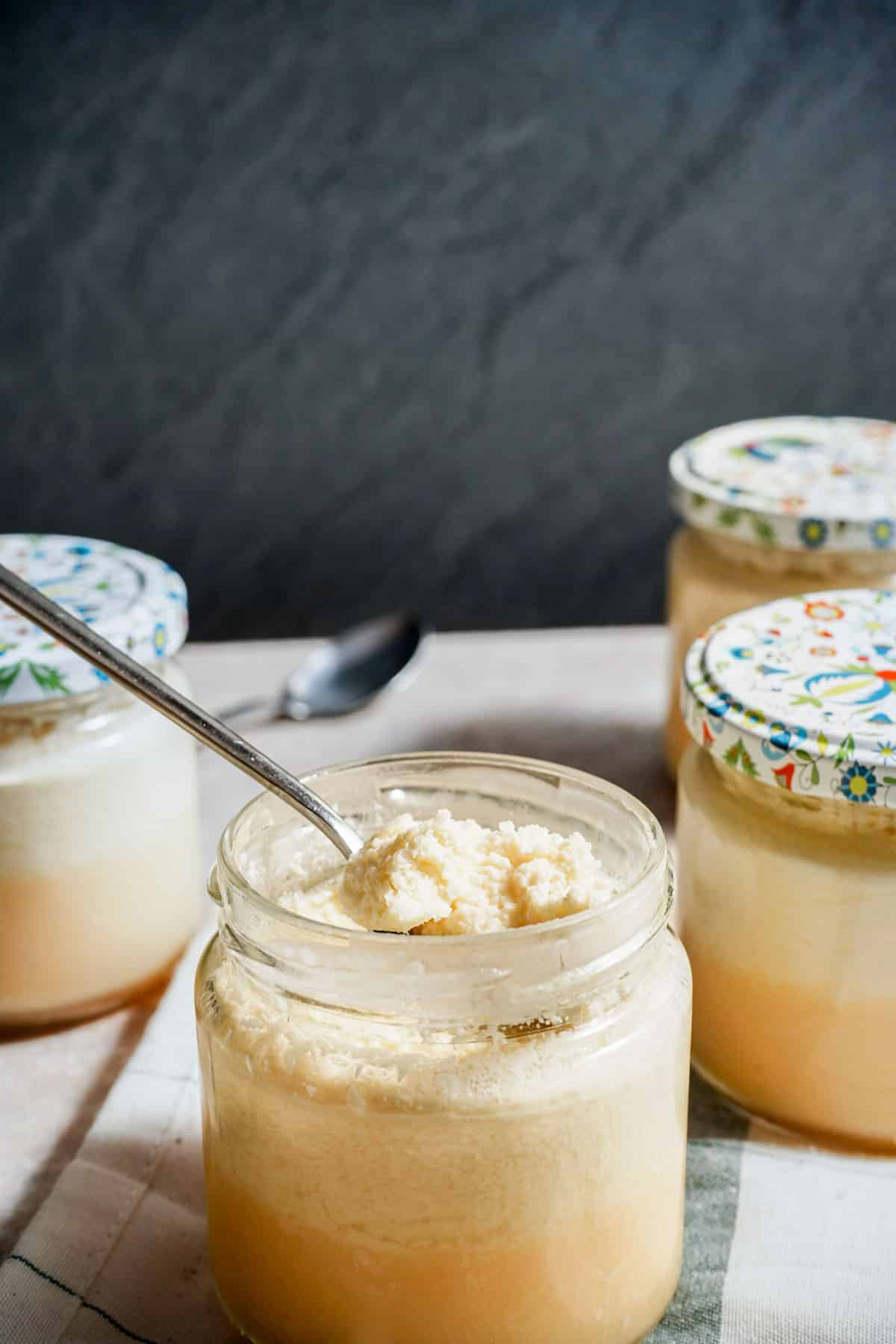
Expert Tips
- Don't whisk too vigorously or you will get too many bubbles in your custard. You want it totally smooth. Pop any large bubbles on the surface.
- You can also strain the custard mixture before cooking to ensure an extra smooth texture and eliminate any bubbles.
- Mix in any additional flavors you want before pouring the custard in the jars.
- Tighten the jars "finger tight." This means you tighten the lids until you barely feel it grab the jar. It should be easy to twist the lid back off with your fingertips.
Serving and Flavor Options
This recipe is a basic vanilla flavored custard, but you make many different variations - be creative!
- Top with whipped cream, fresh berries, caramel, fruit sauce, chocolate sauce, coconut, etc.
- Use one of these flavor variations (most will require you to warm the cream so you can infuse it with flavor):
- Add 1 teaspoon of citrus zest (lemon, lime, orange) to the cream. Warm it and let it sit for 20 minutes before whisking it into your egg yolks. Strain before pouring into the jars.
- Add 2 tablespoons of bourbon or rum to the cream for a boozy custard.
- Add 1 tablespoon of dried culinary lavender to warmed cream and let it steep for 20 minutes. Strain the lavender out before using.
- Add a cinnamon stick and/or a few cardamom seeds to warm cream and let it steep for 20 minutes. Strain before pouring the mixture in jars.
- Steep a green tea bag with the warm cream for 10 minutes. Remove before using.
- Replace the vanilla extract with almond extract, peppermint extract or coconut extract (or any other flavored extract you might like).
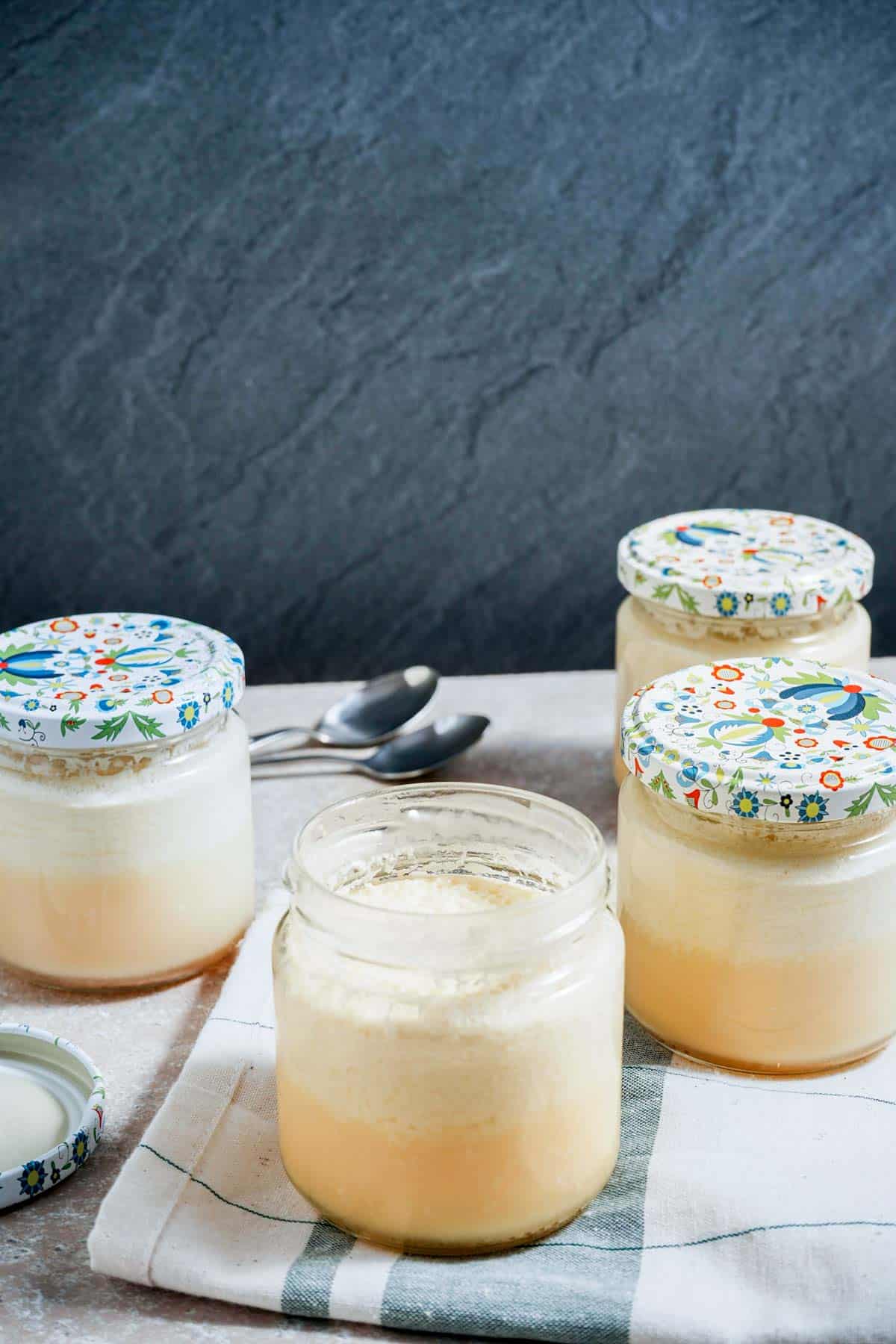
Frequently Asked Questions
It is very difficult to overcook custard in the sous vide. Once you set a temperature, it will never cook at a higher temperature than that! It also will last longer in the fridge and a lot of servings can be made at once.
Custard should be cooked at a temperature lower than 185°F (85°C) to avoid it curdling. Cooking custard at 175°F (79°C) to 180°F (82°C) will give you the best results.
If you boil custard, it causes it to curdle. Basically this means you "cook" the egg causing it to be chunky and not uniformly smooth.
The maximum temperature before custard starts to curdle is 185°F (85°C). If you cook it any higher than this, it will likely curdle. The benefit of cooking custard sous vide is you can set a temperature and not have to monitor it. It can be easily cooked at the proper temperature without risk of curdling.
Storage Instructions
Sous vide custard can be stored in the fridge for up to 2 weeks (sometimes longer - just do a smell check before eating).
You can also freeze the custard and either thaw it in the fridge or eat it frozen (like ice cream!).
If you love this recipe, please leave a star rating and a comment below and let us know your favorite thing about it. We'd also love to connect on Instagram! Follow us at @went_here_8_this for awesome recipes and all sorts of fun food stuff 🙂
Recipe
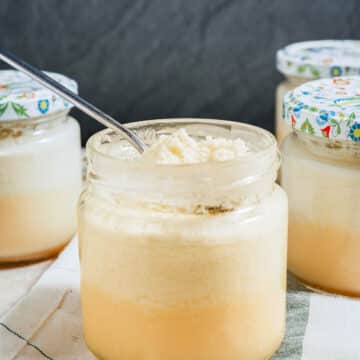
Sous Vide Custard
Ingredients
- 5 eggs yolks room temperature
- ½ cup sugar
- 1 teaspoon pure vanilla extract
- ¼ teaspoon salt
- 2 cups heavy whipping cream
Instructions
- Heat a sous vide water bath to 177°F (80.5°C).
- Use a whisk to mix the egg yolks, sugar and salt together.
- Stir in the cream until a uniform substance is formed. Add the vanilla and mix to combine.
- Pour the mixture into 8-4 ounce canning jars and seal the lids "finger tight."
- Place in the water bath (carefully) and cook for 1 ½ hours.
- Remove and let them cool in the counter for 15-20 minutes.
- Chill for at least 3 hours and serve straight from the jars.
Expert Tips:
- Don't whisk too vigorously or you will get too many bubbles in your custard. You want it totally smooth. Pop any large bubbles on the surface.
- You can also strain the custard mixture before cooking to ensure an extra smooth texture and eliminate any bubbles.
- Mix in any additional flavors you want before pouring the custard in the jars.
- Tighten the jars "finger tight." This means you tighten the lids until you barely feel it grab the jar. It should be easy to twist the lid back off with your fingertips.
Nutrition
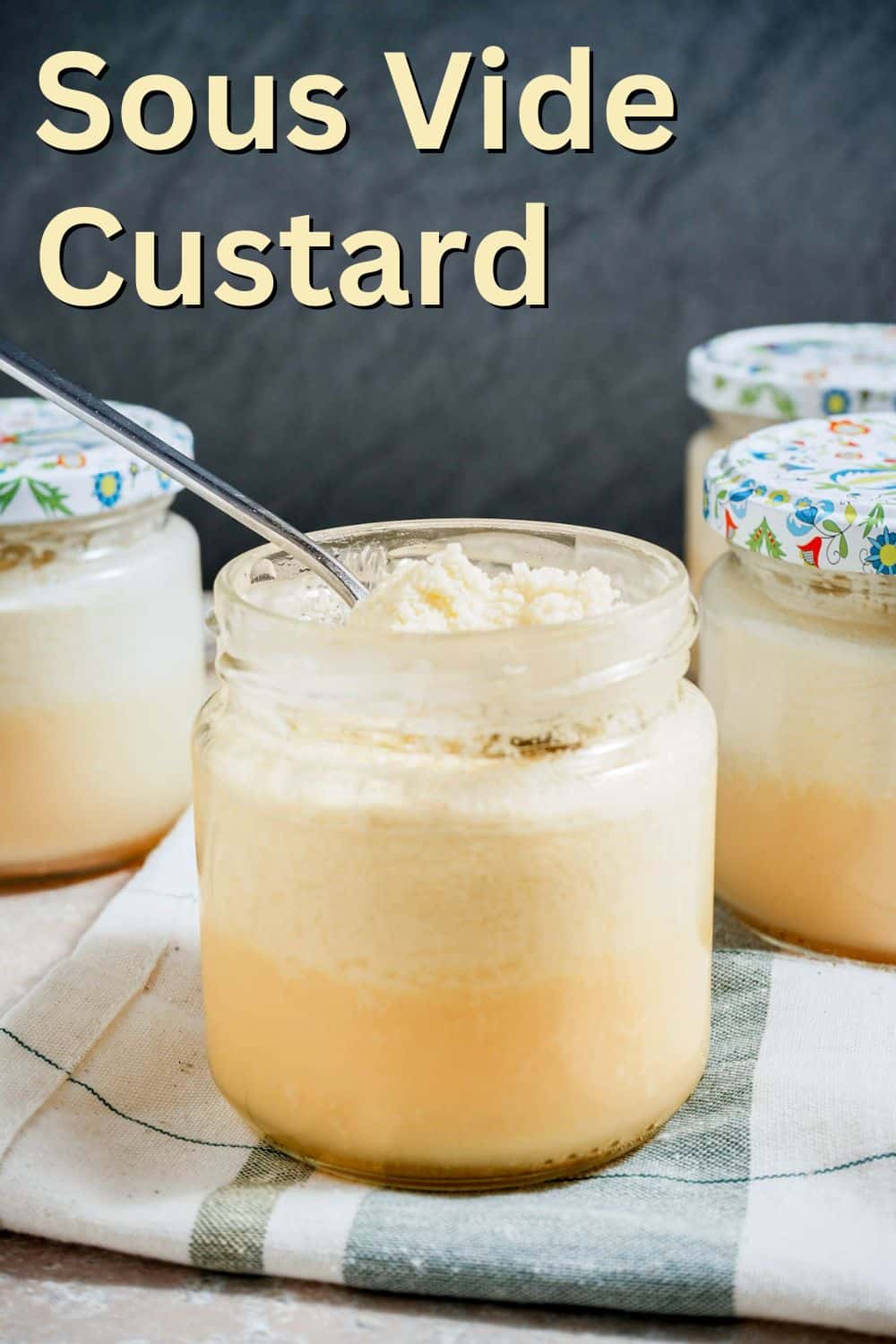

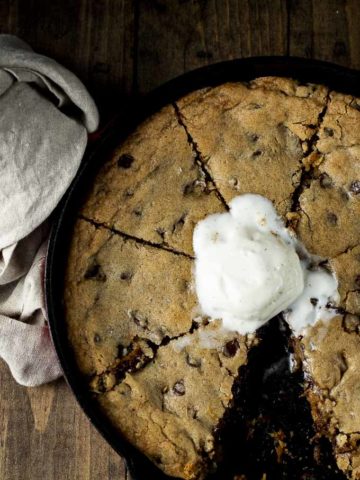

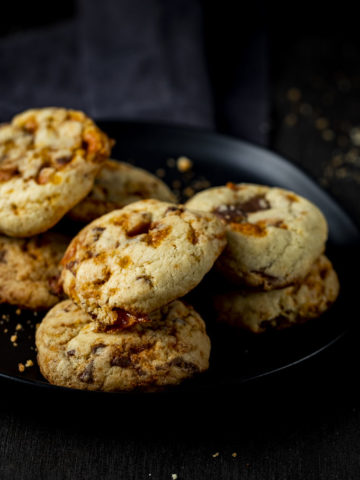
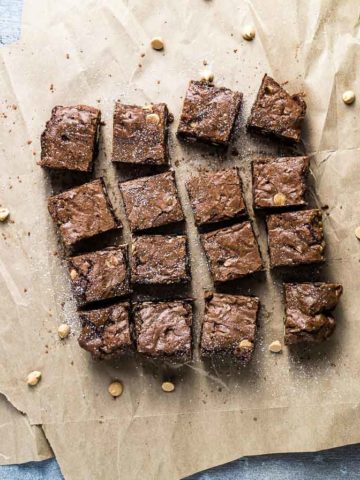
dani says
Oh my, I loved how creamy this came out. So good! I added some lavender and it was really good.
Danielle says
so glad to hear it! I love using lavender 🙂